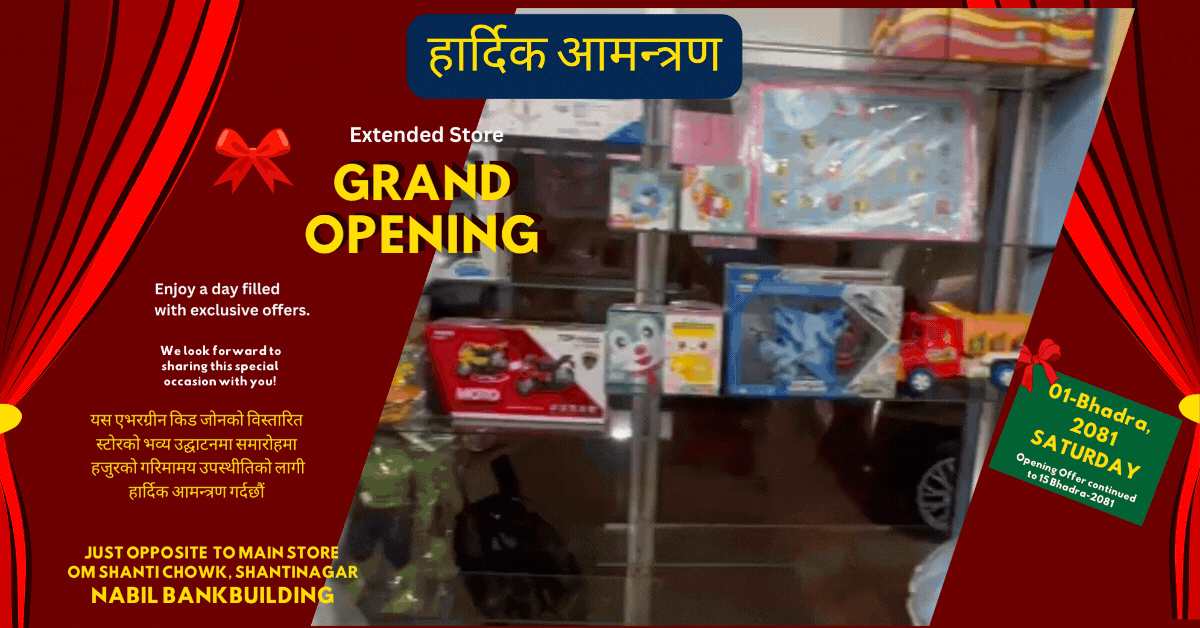Why Not to Choose Dr. Brown’s Feeding Bottles for Babies
Dr. Brown’s feeding bottles are well-known in the market, but they have also received a fair share of critical feedback from users. This analysis summarizes common complaints found in negative reviews on platforms like Amazon and addresses the issue of product availability in Nepal.
Common Complaints from Users
Leakage Issues
One of the most frequently mentioned problems with Dr. Brown’s bottles is leakage. Many users report that the bottles often leak, making feeding sessions messy and inconvenient. This issue seems persistent despite following the manufacturer’s assembly instructions carefully.
Sample Review Excerpt: “These bottles leak constantly. I’ve followed all the tips and tricks, and nothing works. It’s frustrating to have milk spill all over my baby and myself.”
Complex Cleaning Process
Dr. Brown’s bottles have a complex venting system designed to reduce colic, but this also makes them more challenging to clean. The multiple small parts require thorough and meticulous cleaning, which can be time-consuming and cumbersome for busy parents.
Sample Review Excerpt: “Cleaning these bottles is a nightmare. There are so many parts, and if you don’t clean them perfectly, they can harbor bacteria. It’s just too much hassle.”
Durability Concerns
Several users have raised concerns about the durability of Dr. Brown’s bottles. Issues such as the bottles cracking or the venting system breaking after a few uses are common. This raises questions about the product’s long-term reliability and value for money.
Sample Review Excerpt: “The bottles started to crack after only a few weeks of use. I expected better durability for the price I paid.”
Air Intake Despite Anti-Colic Claims
Although Dr. Brown’s bottles are marketed as anti-colic, some users have reported that their babies still experience gas and discomfort. This suggests that the bottles may not effectively reduce colic for all babies, contrary to the brand’s claims.
Sample Review Excerpt: “I bought these specifically to help with my baby’s gas issues, but I haven’t noticed any improvement. My baby still seems uncomfortable after feeding.”
Availability Issues in Nepal
Inconsistent Supply
Dr. Brown’s feeding bottles are not consistently available in Nepal. Parents often find it difficult to purchase these bottles regularly, leading to inconvenience and frustration. The inconsistency in supply suggests that the importer may not be maintaining an adequate inventory or distribution network.
Lack of Serious Commitment from Importers
There appears to be a lack of serious commitment from importers regarding the continuous supply of Dr. Brown’s products in Nepal. This sporadic availability can make it challenging for parents to rely on these bottles, especially if they need to replace parts or purchase new bottles urgently.
Implications:
- Unreliable Access: Parents in Nepal cannot depend on a steady supply of Dr. Brown’s bottles, leading them to seek alternative brands that are more reliably available.
- Replacement Challenges: The difficulty in obtaining replacement parts can render the bottles unusable if a part is lost or damaged.
Higher Costs in Nepal: The price of Dr. Brown’s bottles in Nepal tends to be higher than average, making them a less economical choice for many families. This price disparity, coupled with supply issues, further diminishes their appeal to Nepali consumers.
Conclusion
While Dr. Brown’s feeding bottles are popular for their purported benefits, numerous negative reviews highlight significant drawbacks, including leakage, complex cleaning, durability issues, and ineffective anti-colic features. Additionally, the inconsistent availability of these bottles in Nepal further complicates their usability for parents. Given these concerns, parents might consider exploring other brands that offer more reliability and ease of use both in terms of functionality and availability.




